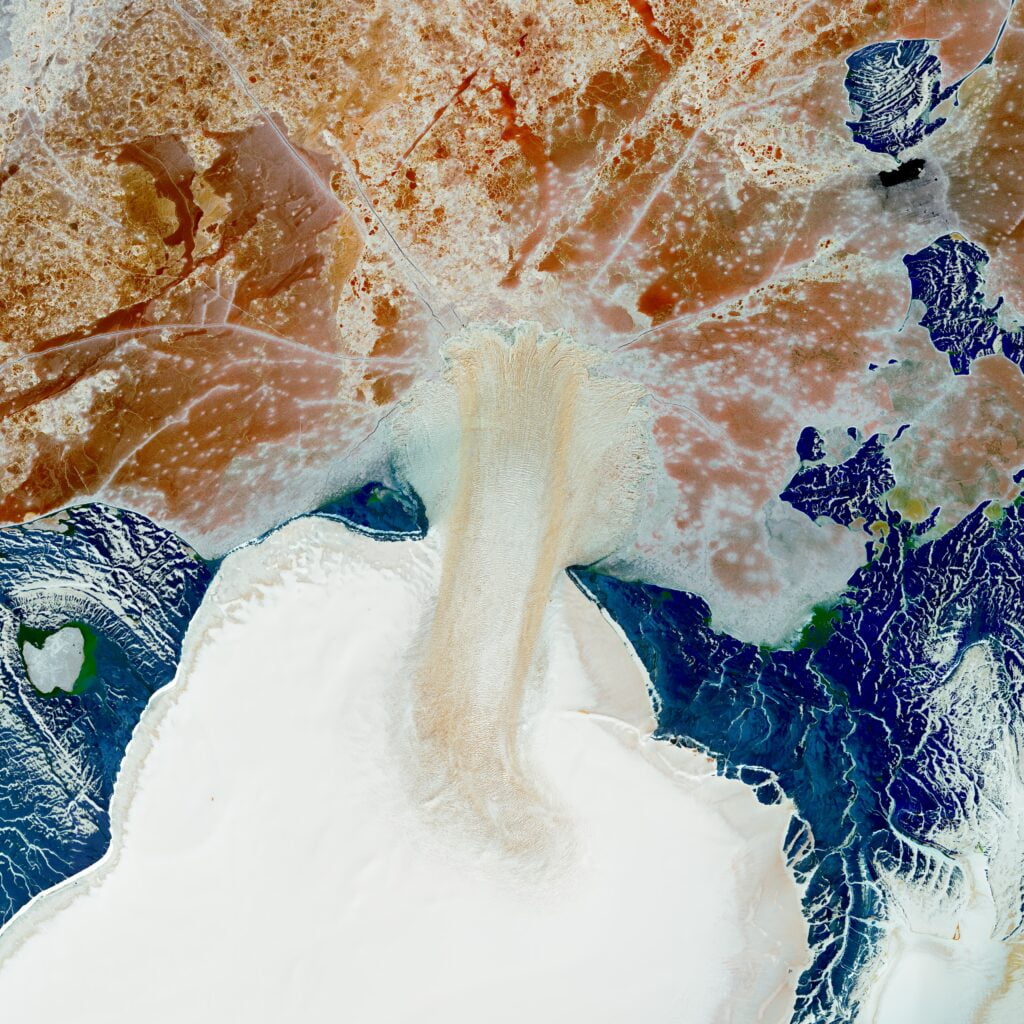Potatoes, a staple crop in many parts of the world, require careful preparation before planting in order to ensure optimal growth and yield. However, the question remains: what should you put on potatoes before planting? This article will explore the various options available to potato growers and discuss the benefits of each. From organic fertilizers to traditional soil amendments, this guide will equip you with the knowledge to make informed decisions when it comes to preparing your potatoes for a successful growing season. So, before you embark on your potato planting journey, let’s delve into the world of pre-planting treatments and discover the key to maximizing your potato harvest.
What Do You Put On Potatoes Before Planting?

Importance of Preparing Potatoes Before Planting
Before planting potatoes, it is crucial to ensure that they are properly prepared. This preparation process is essential for several reasons. Firstly, it helps to maximize the potential yield of the potato plants by ensuring that they are healthy and disease-free. Secondly, it provides an opportunity to enhance the nutrient content of the soil, which is vital for the successful growth and development of potatoes. Lastly, preparing potatoes before planting can also aid in preventing the spread of diseases and pests that may negatively impact the overall potato crop. Therefore, taking the time to prepare potatoes before planting is of utmost importance for a successful and bountiful harvest.
Choosing the Right Seed Potatoes
Choosing the right seed potatoes is a critical step in the potato planting process. Seed potatoes are the small tubers that are used to grow new potato plants. It is essential to select high-quality seed potatoes to ensure healthy plant growth and optimal yield. When choosing seed potatoes, it is recommended to select those that are certified disease-free. This will reduce the risk of introducing diseases into the soil and help prevent the spread of pathogens. Additionally, it is advisable to choose seed potatoes that are of the appropriate size and have healthy, firm skin. The size of the seed potatoes should ideally be between 1 and 2 inches in diameter, as this ensures that they have enough energy reserves to sprout and establish themselves in the soil.

Seed Potato Cutting and Drying
Once the appropriate seed potatoes have been selected, the next step is to cut and dry them before planting. Cutting the seed potatoes helps to increase the number of plants that can be obtained from each potato, therefore maximizing yield. To cut the seed potatoes, use a clean, sharp knife and ensure that each piece contains at least one “eye.” The eye is the bud-like structure on the surface of the potato from which the sprouts will emerge. After cutting, it is crucial to allow the seed potatoes to dry for a few days before planting. Drying helps to prevent rotting and allows for the development of a protective layer over the cut surfaces, reducing the risk of infection from soil-borne pathogens.
Treating Seed Potatoes for Disease Prevention
Another important step in preparing potatoes before planting is to treat the seed potatoes to prevent disease. This can be achieved by dusting the seed potatoes with a fungicide that is specifically recommended for potato crops. The fungicide helps to protect the seed potatoes from various soil-borne diseases, such as bacterial wilt, black leg, and scab. It is essential to follow the instructions provided by the manufacturer when applying the fungicide to ensure its proper and safe use. Treating the seed potatoes for disease prevention is especially crucial if the planting area has a history of disease or if the seed potatoes have been stored for an extended period.

Chitting or Green Sprouting Potatoes
Chitting, also known as green sprouting, is a beneficial process that can be done before planting potatoes. Chitting involves placing the seed potatoes in a cool, bright location to encourage early sprouting. This step allows the seed potatoes to develop short, green sprouts before they are planted in the soil. Chitting has several advantages. Firstly, it enables the gardener to identify any diseased or damaged seed potatoes, which can then be discarded to prevent the spread of disease. Secondly, chitting helps to jumpstart the growth of the potato plants, giving them a head start once they are planted in the soil. However, it is important to note that chitting is not mandatory and can be skipped if desired.
Soil Preparation for Potato Planting
Proper soil preparation is vital for the successful growth of potato plants. Potatoes thrive in loose, well-draining soil that is rich in organic matter. Before planting, it is advisable to clear the planting area of any weeds or debris. This can be done by hand or with the help of a garden rake or hoe. The next step is to loosen the soil and break up any large clumps to create a fine, crumbly texture. This allows the potato roots to penetrate the soil easily and promotes efficient water drainage. It is also essential to ensure that the soil is free from any rocks or stones that could hinder the growth of the potato tubers.
Adding Organic Matter to the Soil
To enhance the nutrient content and fertility of the soil, it is highly recommended to add organic matter before planting potatoes. Organic matter can include compost, well-rotted manure, or other types of decomposed plant material. Adding organic matter helps to improve soil structure, moisture retention, and nutrient availability. It also contributes to the overall health of the soil ecosystem by promoting beneficial microbial activity. Before adding organic matter, it should be well-incorporated into the soil to ensure even distribution. This can be done by spreading a layer of organic matter over the surface of the soil and then gently mixing it in using a garden fork or rototiller.
Fertilizing the Soil
In addition to adding organic matter, fertilizing the soil is another essential step in preparing potatoes before planting. Potatoes are heavy feeders and require an adequate supply of nutrients to support their growth and development. Before planting, it is recommended to conduct a soil test to determine the nutrient levels and pH of the soil. Based on the results of the soil test, specific fertilizers can be added to address any nutrient deficiencies. Generally, a balanced fertilizer with a ratio of 10-10-10 or 14-14-14 is suitable for potato crops. The fertilizer should be evenly spread over the soil surface and then lightly incorporated into the top few inches of soil.
Companion Planting with Potatoes
Companion planting involves planting different crops in close proximity to enhance their growth, improve pest management, and maximize overall productivity. When it comes to potatoes, there are several companion plants that can be beneficial. Some common companion plants for potatoes include beans, corn, cabbage, and marigolds. Beans and corn help to provide shade and reduce competition for nutrients, while cabbage and marigolds act as natural pest repellents. However, it is important to note that not all plants are compatible with potatoes, and some may negatively affect their growth. Therefore, careful consideration should be given to the selection of companion plants for potatoes.
Planning the Planting Process
Before planting potatoes, careful planning is necessary to ensure a successful and efficient planting process. First, choose a suitable planting site that receives adequate sunlight and has well-draining soil. Next, determine the appropriate planting time based on the local climate and the specific potato variety being grown. It is generally recommended to plant potatoes in early spring, once the soil has warmed up and all frost risks have passed. Finally, plan the spacing and planting depth for the seed potatoes. The spacing between rows should be approximately 2-3 feet, while the spacing between individual plants should be around 12-18 inches. The seed potatoes should be buried in the soil to a depth of approximately 4-6 inches. By carefully planning each step of the planting process, you can optimize the growth and yield of your potato crop.
In conclusion, preparing potatoes before planting is a crucial step that should not be overlooked. It involves choosing the right seed potatoes, cutting and drying them, treating for disease prevention, and considering chitting or green sprouting. Additionally, soil preparation, including adding organic matter and fertilizers, plays a significant role in the success of potato plant growth. Companion planting and thorough planning of the planting process are also important factors to consider. By following these guidelines, you can ensure that your potato plants are healthy, disease-free, and primed for optimal growth and yield. With proper preparation, you can look forward to a bountiful harvest of delicious and nutritious potatoes.



